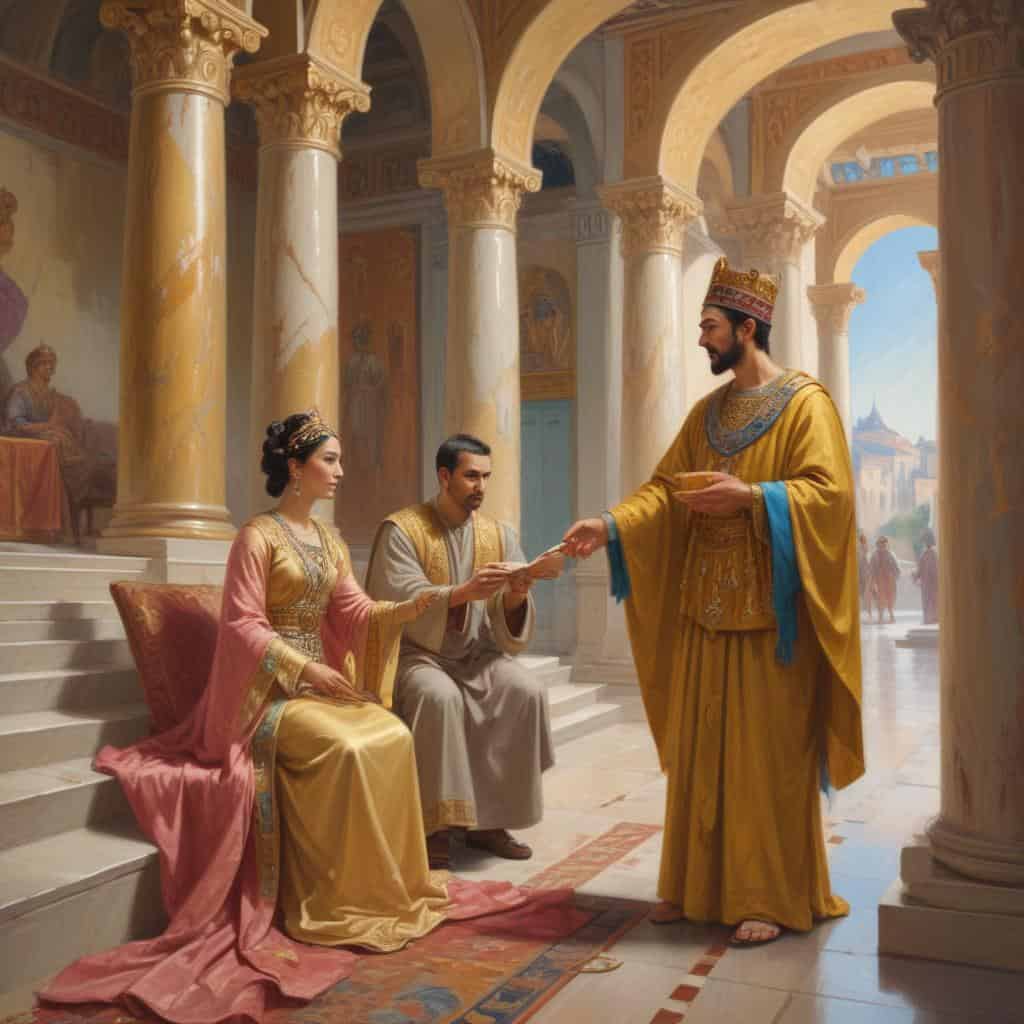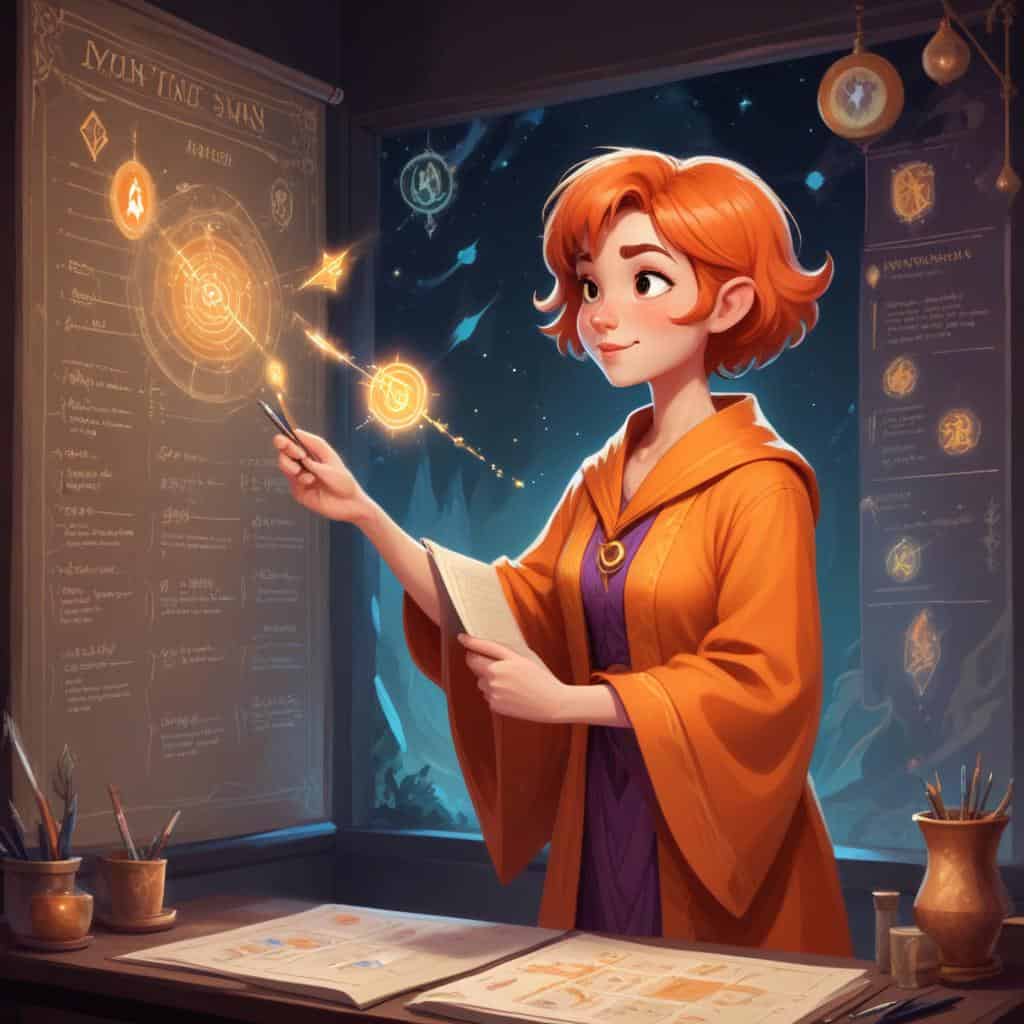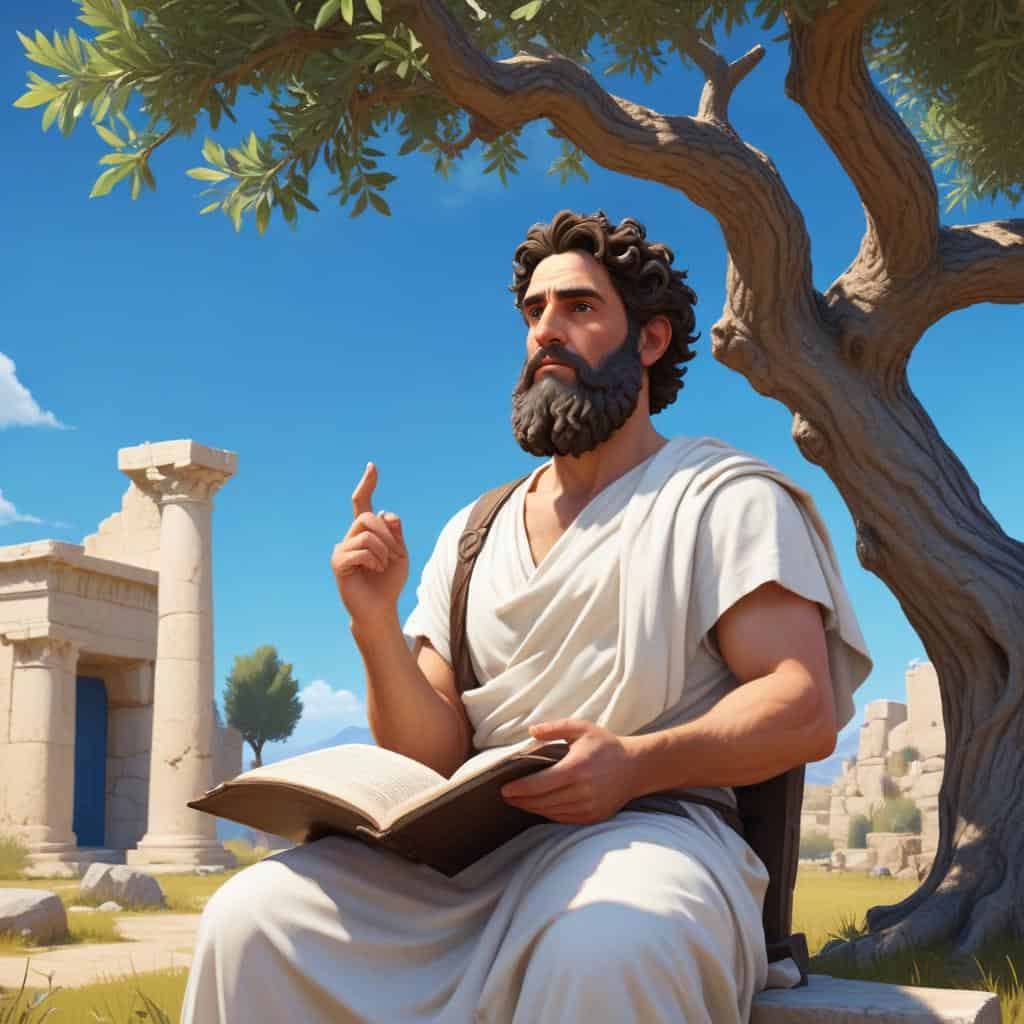Byzantine Greece, spanning from AD 395 to 1453, was a significant period in Greek history. The Byzantine Empire, with its capital in Constantinople, played a major role in shaping the culture and politics of the region.
During this time, Byzantine Greece experienced both prosperity and turmoil, with influences from Roman, Christian, and Greek traditions. The empire's legacy continues to impact modern Greece, making it a fascinating subject of study.
Summary List
- The Byzantine Empire was the eastern half of the Roman Empire that lasted from AD 395 to 1453.
- Byzantine Greece was a part of the Byzantine Empire located in the southern Balkans and the Peloponnese peninsula.
- Byzantine Greece was a center of culture, art, and learning during the Middle Ages.
- The Byzantine Greek language and Orthodox Christianity were important parts of Byzantine Greece's identity.
- The fall of Byzantine Greece to the Ottoman Empire in 1453 marked the end of the Byzantine Empire.
Games And Apps
Learning Modules
The Council of Chalcedon in 451
The Council of Chalcedon in 451 determined the orthodox Christian doctrine of the dual nature of Christ as fully human and fully divine.
I Want To Learn This!The Nika Riots in Constantinople in 532
The Nika Riots in Constantinople in 532 were a violent uprising against Emperor Justinian's rule, resulting in widespread destruction and death.
I Want To Learn This!The Battle of Callinicum in 531
The Battle of Callinicum in 531 saw the Byzantine Empire suffer a devastating defeat at the hands of the Sassanid Persians.
I Want To Learn This!The Arab-Byzantine Wars from the 7th to the 11th centuries
The Arab-Byzantine Wars were a series of conflicts between the Arab Muslims and the Byzantine Empire, shaping the course of Middle Eastern history for centuries.
I Want To Learn This!The Byzantine reconquest of Crete in 961
The Byzantine Empire reclaimed Crete from Arab rule in 961, establishing control over the island for the first time in over two centuries.
I Want To Learn This!The Battle of Manzikert in 1071
The Battle of Manzikert in 1071 marked the beginning of the end for the Byzantine Empire as the Seljuk Turks secured a decisive victory.
I Want To Learn This!The Fourth Crusade and the Sack of Constantinople in 1204
In 1204, the Fourth Crusade took a controversial turn as Christian armies sacked and looted the rich Byzantine capital of Constantinople.
I Want To Learn This!The Byzantine reconquest of Constantinople in 1261
After 57 years of Latin occupation, the Byzantine Empire reclaimed Constantinople in 1261, signaling the restoration of the Byzantine Empire.
I Want To Learn This!












